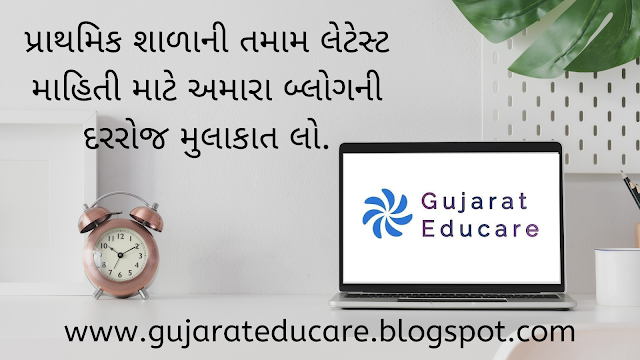Big Decision of state government, the inclusion of 32 more castes in EBC
The reservation in India is an affirmative action system that provides representation to historically and currently disadvantaged groups in Indian society in education, employment and politics. Enshrined in Articles 15 and 16 of the Constitution of India, it allows the Government of India to establish quotas to ensure that any "class of citizens socially and educationally backward" is duly represented in public life. It aims to realize the promise of equality enshrined in the Constitution of India.
The reservation is mainly awarded to 3 groups: programmed castes, programmed tribes, and other backward classes, abbreviated as SC, ST, and OBC respectively. These are groups that have faced social and economic discrimination in the past and were severely under-represented in public life. Originally the reservation was only given to SCs and STs but was later extended to OBCs in 1987 after the implementation of the Mandal Commission report.
IMPORTANT LINK :
There are several groups that get reservations in India.
The first ones are the programmed castes. These communities were viewed in various ways as at the base or "below" the caste system in South Asia, even below the Sudra varna. These castes had hereditary professions in the past (history) such as agricultural laborers, manual garbage collection, tannery, laundry, day laborers, fishing, and more.
Thus, the remaining members of the Caste subject lower caste people and themselves to the practice of untouchability, which takes the form of various social restrictions ranging from the inability to touch other castes to the inability to use the same water source or even living in the same area. Historically, they were banned from temples and other places of worship and sometimes not allowed to use the same roads. Today, many of these castes, in addition to continuing their traditional occupations, are also landless forced laborers. They are far behind all other castes in economic indicators such as poverty or literacy. They constitute around 220 million people, 17% of the population of India.
The next group is the programmed tribes. The definition of this group varies, but the criteria for a Programmed Tribe "are indications of primitive traits, distinctive culture, geographic isolation, shyness of contact with the community in general and backwardness." Most of these groups are considered Adivasis and the original inhabitants, while others are nomadic tribes that were reported as "criminal tribes" under British rule.
They vary in modes of existence, from subsistence farmers who have had interaction with the outside world to groups of hunter-gatherers still found in the jungles. They have suffered from the exploitation of their land by the British. However, in the Northeast, many of the tribes are relatively better off and interact much more with the outside world. They are around 100 million people, around 8% of the population [citation needed]. Examples include Bodo, Gondi, Banjara, and Santal.
The third main group are the other backward classes. They were not originally in the reserve scheme, but during Moraji Desai's tenure, the Mandal Commission studied all communities in India to find which castes were "backward" compared to the general population. Based on the 1931 census data, they estimated that 52% of India's population belonged to castes that were "backward" due to various socio-economic factors such as wealth or jobs performed.
The possibility of providing reservations to these people was allowed in article 15 (4) and article 16 (4), which states that the government can provide reservations to the "backward classes". Although the Center maintains its own CBO list, comprising more than 5,000 castes and sub-castes, each state can create its own backward caste list for reservations within the state. Most CBOs are lower castes, were originally classified in shudra varna, and have low ritual status. However, there are other castes on the OBC list that, although ritually low, are economically dominant and in many cases are the executors of the caste hierarchy, including some groups of Brahmins. But not all Brahmins.
In some states there is a divide between the backward castes, who face some socio-economic disadvantage, and the majority of the backward or extremely backward castes, who face a great deal of social discrimination just above Dalits in status. In fact, unlike scheduled castes, CBOs do not have to be Hindu and many states provide benefits to some Muslim and Christian communities. This list is more subject to change, as the criteria are not that strict, so it is a list that politicians often add to please certain sectors of their voters.
Those who are not members of these groups are grouped into the General category, sometimes called the Other (Other Caste) category. In the General Category, most of the upper castes did not benefit from the reserves: most of the communities in Brahmin, Kshatriya and Vaishya varnas. People of this general category in history had hereditary professions such as pujari, zamindar, kings, doctors, and soldiers, and often owned land used for agriculture.
IMPORTANT LINK :

